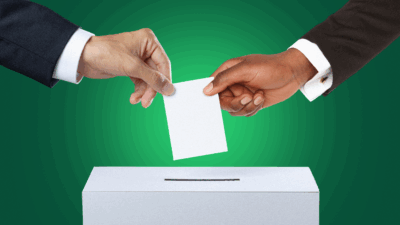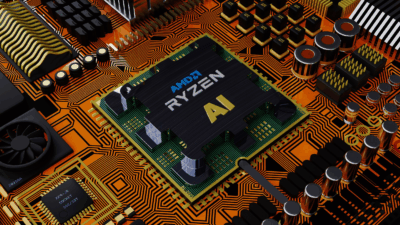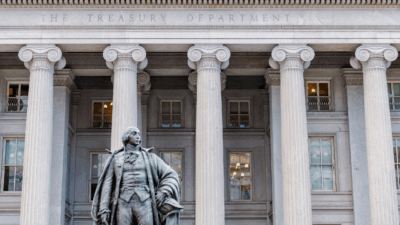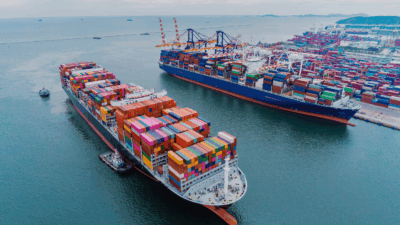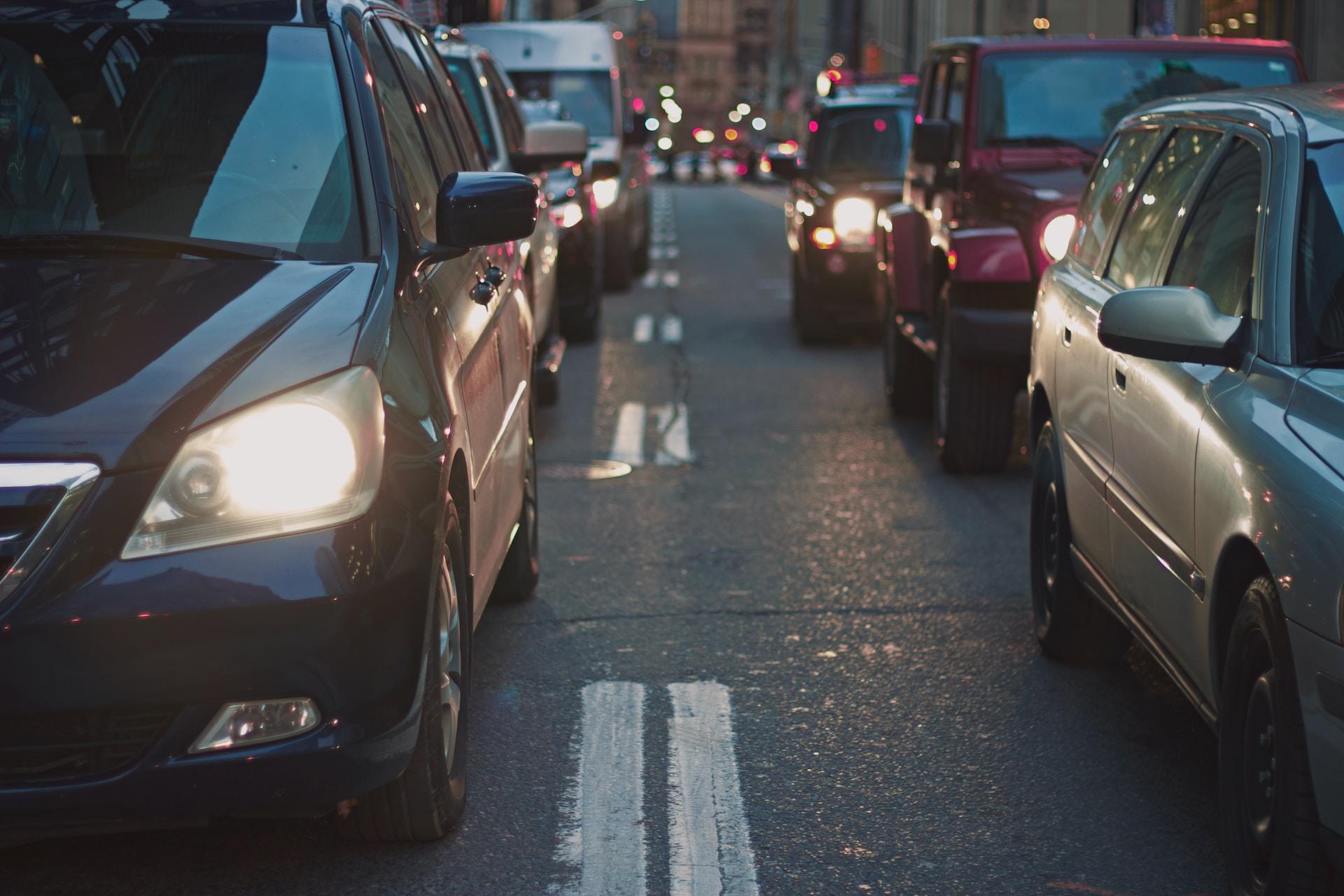
Sign up for smart news, insights, and analysis on the biggest financial stories of the day.
The Big Apple will always have car honks, engine revs, and slighted pedestrians screaming “I’M WALKIN’ HERE,” but you might hear less of it starting next spring.
With President Joe Biden’s administration likely to give New York City the go-ahead soon, congestion pricing — intra-city tolls in this case — is one step closer to becoming the first of its kind program in the US.
Gotta Pay the Toll
Though tolls are normal parts of highways and bridges, congestion pricing in NYC would charge drivers going south of 60th Street in Manhattan, and the fees would vary from anywhere between $9 and $23 depending on the time of day and amount of traffic. The first example of this model goes back to Singapore in 1975, which resulted in less traffic, few crashes, better air quality, and today, more than $100 million in revenue each year. Other cities such as London, Milan, and Stockholm adopted the scheme to great benefit.
For decades, New York legislators have been pushing for congestion pricing, but proposals caught the ire of commuters and outer borough drivers. Taxi and rideshare operators — largely low-income and immigrant workers — say it would greatly reduce their customer base. Some legislators believed it would cause parking jams just before the toll zone. But the pros may simply outweigh the cons:
- The number of jobs in the entertainment and retail industries is down, and hotels are still struggling to fill rooms (thank, covid). Proponents say the program will also help make midtown/downtown Manhattan more pedestrian and cyclist-friendly, bolstering outdoor dining and exposure for businesses, while the MTA expects to generate $1 billion in new annual revenue, much of which will go toward fixing subways and getting ridership back to pre-pandemic levels.
- Congestion pricing is also expected to reduce carbon emissions. Less traffic means less pollution in the area for those neighborhoods. A study in Stockholm found the rate of children’s acute asthma visits to the doctor fell by about 50% compared to rates before the program launched in 2007, CNN reported.
(Not) Only in New York: A few American cities have variations of congestion pricing, but nothing within proper city limits like what New York has planned. In San Diego, single-occupant cars pay a fee to drive in what they call HOT lanes on I-15, and in Lee County, Florida, drivers on using the Midpoint and Cape Coral bridges pay different tolls depending on when they use the bridge. In 2019, LA started a congestion pricing study for the California county, and now its metro authority is seriously considering implementing its own version — as if drivers on the 405 aren’t grumpy enough.





